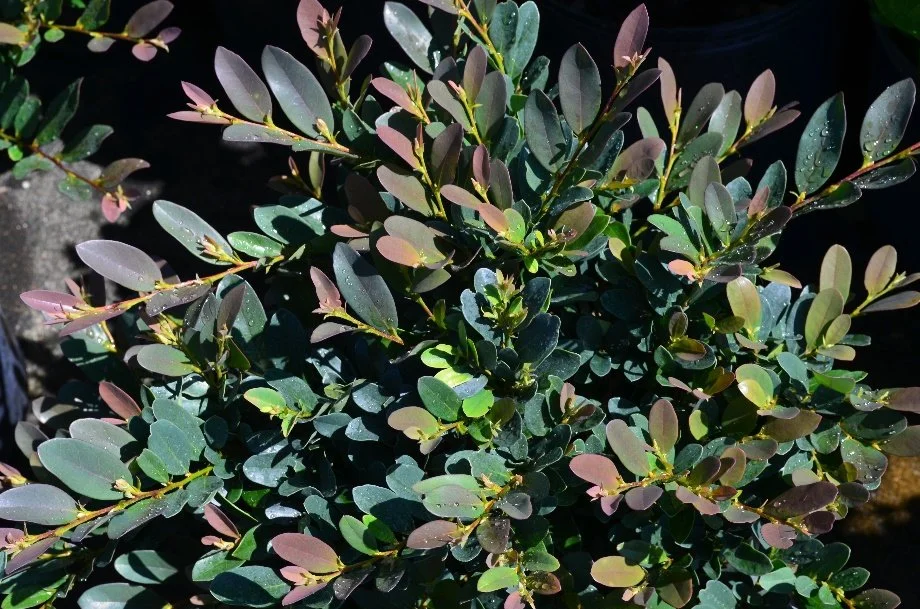In this blog series, Corinne Kennedy writes about three Japanese artists who lived and worked in early 20th-century Seattle. By the 1930s, their paintings were winning recognition and awards. However, World War II upended their lives, and until recently their work was largely erased from American art history. Part Three, the final article in this series, features artist Kenjiro Nomura.
Read MoreCalled 読書の秋 (dokusho no aki) in Japanese, the colder days and longer nights of fall beckon us to read. Blog contributor Corinne Kennedy has compiled an eclectic list of thirteen titles, including eleven books for children and younger teens.
Read MoreThree young sasanqua camellias have been planted in the the northeast corner of the Garden, replacing several large rhododendrons that had reached the end of their lifespans. Young specimens of ‘Setsugekka’ and ‘Kanjiro’, they may not bloom for several years.
Read MoreATTRACTIVE IN ALL SEASONS: MUGO PINE
Pinus mugo is a commonly available but often undervalued pine species. More than 20 plants grace the Seattle Japanese Garden, most planted near the Garden’s central pond. Learn More at seattlejapanesegarden.org
Read MoreCoppertone™ is a compact hybrid of the little-known genus Distylium. Like the other exciting new hybrids, Coppertone™ is an easy-care shrub with attractive evergreen foliage, grows well in full sun or part shade, and tolerates heat, drought, and wet soils. All are resistant to disease, insects, and damage from deer & rabbits. (Bailey Nurseries)
Read MoreCalled 読書の秋 (dokusho no aki) in Japanese, the colder days and longer nights of fall beckon us to read. Blog contributor Corinne Kennedy has compiled an eclectic list of fourteen titles, including ten books for children and teens.
Read MoreCamellia oleifera is a very cold-hardy species with fragrant white flowers in autumn. Its seeds are an important source of a high-temperature cooking oil used primarily in Asian countries.
Read MorePlanted in the Seattle Japanese Garden in 2021, Aucuba japonica ‘Rozannie’ is a compact female cultivar of this evergreen shrub native to Japan. Its bright red, berry-like fruits persist until the following spring.
Read More








